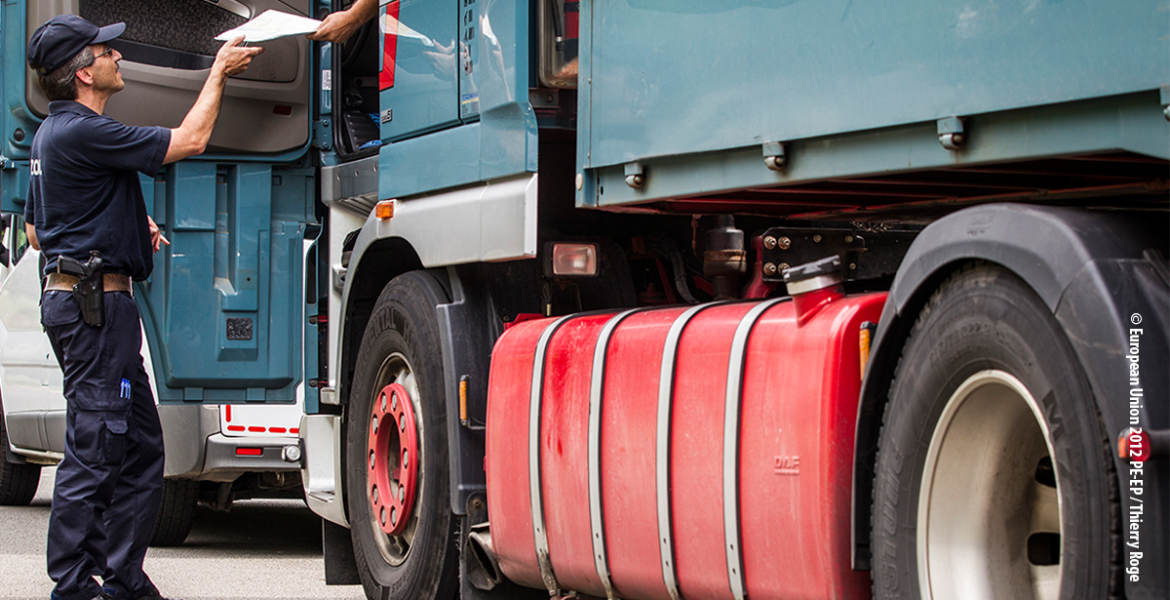Customs controls are still insufficiently harmonised across Member States to properly safeguard the EU’s financial interests, according to a new report by the European Court of Auditors (ECA). Despite recent steps in the right direction, the EU rules are not designed well enough to ensure that Member States select imports for control in a uniform way. In fact, they apply the rules very differently, which could allow operators to target EU points of entry with lesser controls. The auditors also warn that some Member States do not conduct the required risk analysis on all declarations, and that imports posing a higher risk may not be properly prioritised for control.
“To prevent fraudulent importers from avoiding customs duties by targeting border entry points with lesser customs controls, the control selection procedures must be applied in a uniform manner throughout the Customs Union,” said Jan Gregor, the ECA member responsible for the report. “Currently, EU customs controls are not well harmonised, which hampers the EU’s financial interests.”
The Customs Union is important for EU trade, and customs duties on imports are a significant source of EU revenue. The European Commission is legally required to ensure that Member States apply customs controls in a similar way. In order to harmonise the way they select imports for control, the Commission recently adopted a customs financial risk framework, consisting of common criteria and standards as well as guidance, which has been endorsed by the Member States. The auditors acknowledge that the framework’s implementation is an important step towards uniform application of customs controls, which is essential for effective collection of customs duties. However, the auditors are also critical of the standards because they do not define the concept of risk well and are too lax, giving the Member States too much leeway in reducing controls. In addition, important features such as an EU-wide analysis of imports, appropriate data-mining techniques, and methods to address financial risks for e-commerce imports are lacking.
In practice, the standards have not significantly changed the way Member States select imports for control, as they mostly mapped their old criteria for targeting suspect imports to the corresponding criteria under the new framework. The auditors also found that Member States did not interpret risk signals in the same way, and that their procedures for reducing the number of controls to a feasible level also differed. As a result, the proportion of import declarations subject to controls varied significantly between EU countries, ranging from less than 1 % to over 60 %. Furthermore, the auditors observed that Member States had different rules for overriding controls selected by the risk management system. As a result, the rate of overrides ranged from 2 % to 60 %. The auditors also found that many customs declarations were excluded from the risk analysis underlying the customs controls. EU countries shared with one another only very limited information on importers they assessed as risky – this could allow those importers to evade controls by targeting those Member States which do not consider them suspect.
The auditors recommend that the Commission enhance the uniform application of customs controls and establish a fully-fledged analysis and coordination capacity at EU level. They also stress that progress will depend on the support and approval of the Member States
The EU has exclusive competence to make laws in the area of customs, while Member States are responsible for putting them into practice. In 2019, the Member States made available €21.4 billion of customs duties to the EU budget, representing 13 % of the total EU budget revenue. China, the USA and Russia were the main countries exporting to the EU. Furniture, sports equipment, toys and clothing topped the list of most imported goods.




